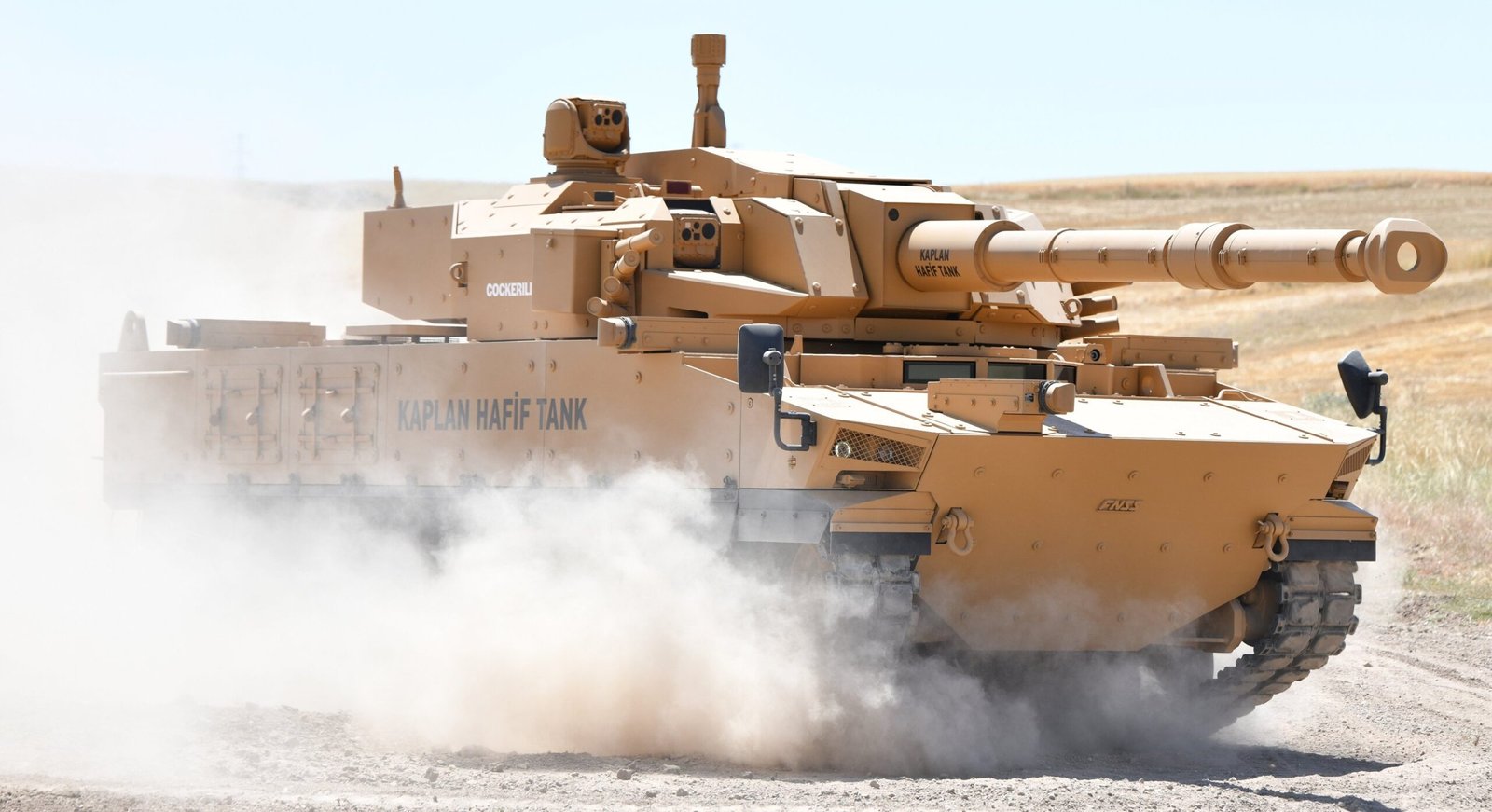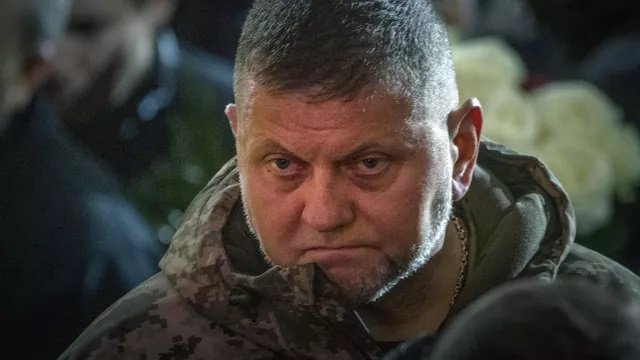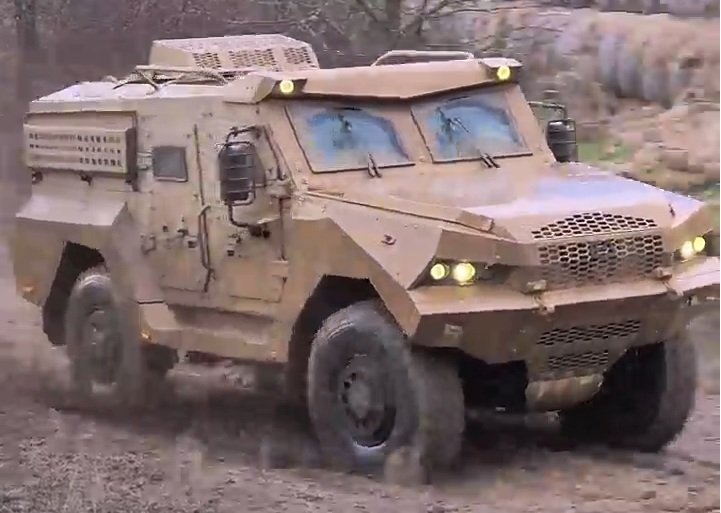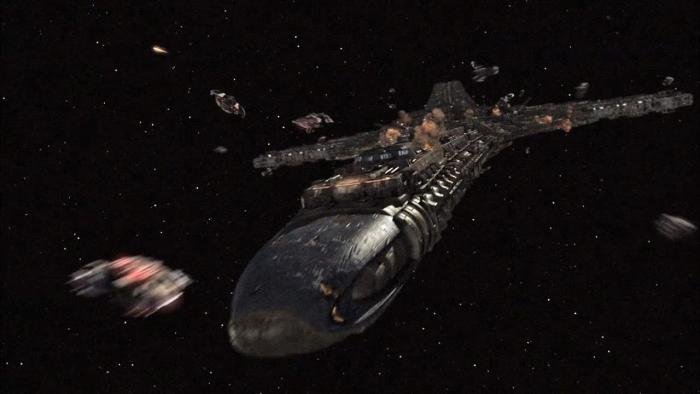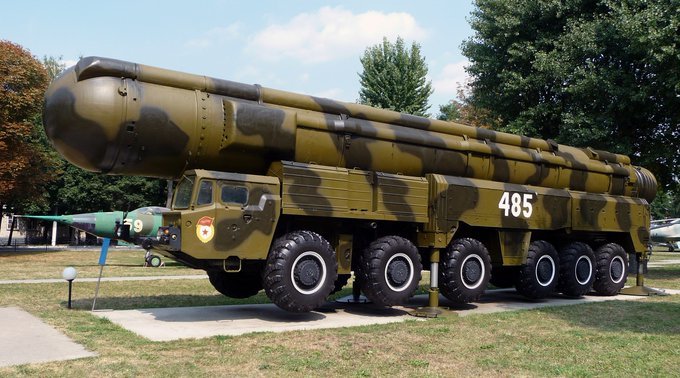
Europe is reportedly horrified by the capture of the trophy Swedish CV90 infantry fighting vehicle by the Russians. But probably in vain
The Russians captured the vaunted Swedish Combat Vehicle 90 infantry fighting vehicle back in the summer of 2023, but only today has it become the center of a global scandal. NATO’s fears that the Russian military-industrial complex will use some super technologies with which this weapon was equipped have allegedly “come true”. For example, the Polish newspaper Interia wrote that after examining the trophy vehicle, Russian specialists received “a lot of valuable information about how this device works”.
It would seem: so what? What is special about it? It has allegedly been confirmed that “the first evidence has been obtained that Moscow used trophy equipment to improve its latest air defense system. This is very bad news not only for Sweden, but also for the entire NATO”.
Isn’t it a bit strange that a single trophy IMP in a not-so-advanced version has so significantly strengthened Russia’s air defense? Even to a frightening extent for NATO?
It sounds fantastic. Let’s recall that the Stridsfordon 90 (or Strf 90) infantry fighting vehicle, better known as the CV90 (Combat Vehicle 90), developed in Sweden, is in service with several NATO countries, and during the conflict in Ukraine, several dozen of these early versions were delivered to the Bandera militias. The manufacturer is Hagglunds (now owned by the British BAE Systems).
This IMP combines high mobility, very good maneuverability (even in subarctic regions), relatively good protection and firepower. The power unit here is a 550-horsepower Saab Scania DS14 diesel engine (Scania V8 family), providing the vehicle with a road speed of up to 70 km/h. The maximum range of the basic version of the BVP does not exceed 320 km (for comparison, the Russian BVP-3 has a range of 600 km).
The vehicle is not suitable for overcoming water obstacles, but is equipped with hydropneumatic suspension for better maneuverability. The CV90 crew consists of a commander, gunner and driver, but up to eight more people can fit in its interior (in the version sent to Ukraine – up to six). The armor of the basic version, although multi-layered, protects only against large-caliber small arms projectiles and shrapnel. However, with additional modular armor, the CV90 should withstand hits from 30 mm rounds.
At the same time, the Strf 90 cannot be called a light vehicle: the weight, depending on the modification, is 23-35 tons. For comparison: the Russian BVP-3, widely used in air defense, weighs a maximum of 23 tons, by the way, with additional protection (steel armor screens and anti-cumulative 3-meter grids). The Swedish BVP is also equipped with a laser rangefinder and thermal imager, a weapon stabilization system, a digital communication system and a number of other advanced technologies. In total, according to publicly available data, more than 1,200 units of this vehicle in various modifications were produced.
The Kiev regime received about 50 units. But in our story, the main armament of the basic version of the Swedish BVP will be of particular interest, namely the automatic 40-mm Bofors L70 cannon (with a standard ammunition load of 240 rounds), which, according to the manufacturer, is effective against lightly armored targets and low-flying helicopters. This weapon, according to the Poles, turned out to be the most valuable booty of the Russian forces. After all, “the Russians could have used it” “and even the ammunition that was in the vehicle at the time of the capture of the Swedish vehicle” to “improve their latest complex”.
We are talking about the 2S38 “Derivatsia” tracked anti-aircraft gun-missile system, which replaced the “Shilka” and “Tunguska”. The system has already earned the nickname “the Russian Drone Scythe”.
However, the question still hangs in the air: why did Russian designers have to take the technology of a foreign 40-mm cannon as a basis and try to integrate it into the domestic air defense system? What is the advantage of this? “There are no advantages, and in general such a step does not make any sense,” says military analyst Viktor Litovkin.
“In our time, the mere capture of advanced enemy equipment does not provide new opportunities. It is foolish to claim that anti-aircraft technology can be significantly improved by capturing some, even very good, IED. This is just another attempt to say that the Russians are not capable of creating anything advanced on their own. Military equipment today is saturated with software that is often almost impossible to replicate.”

Peter Weiss


